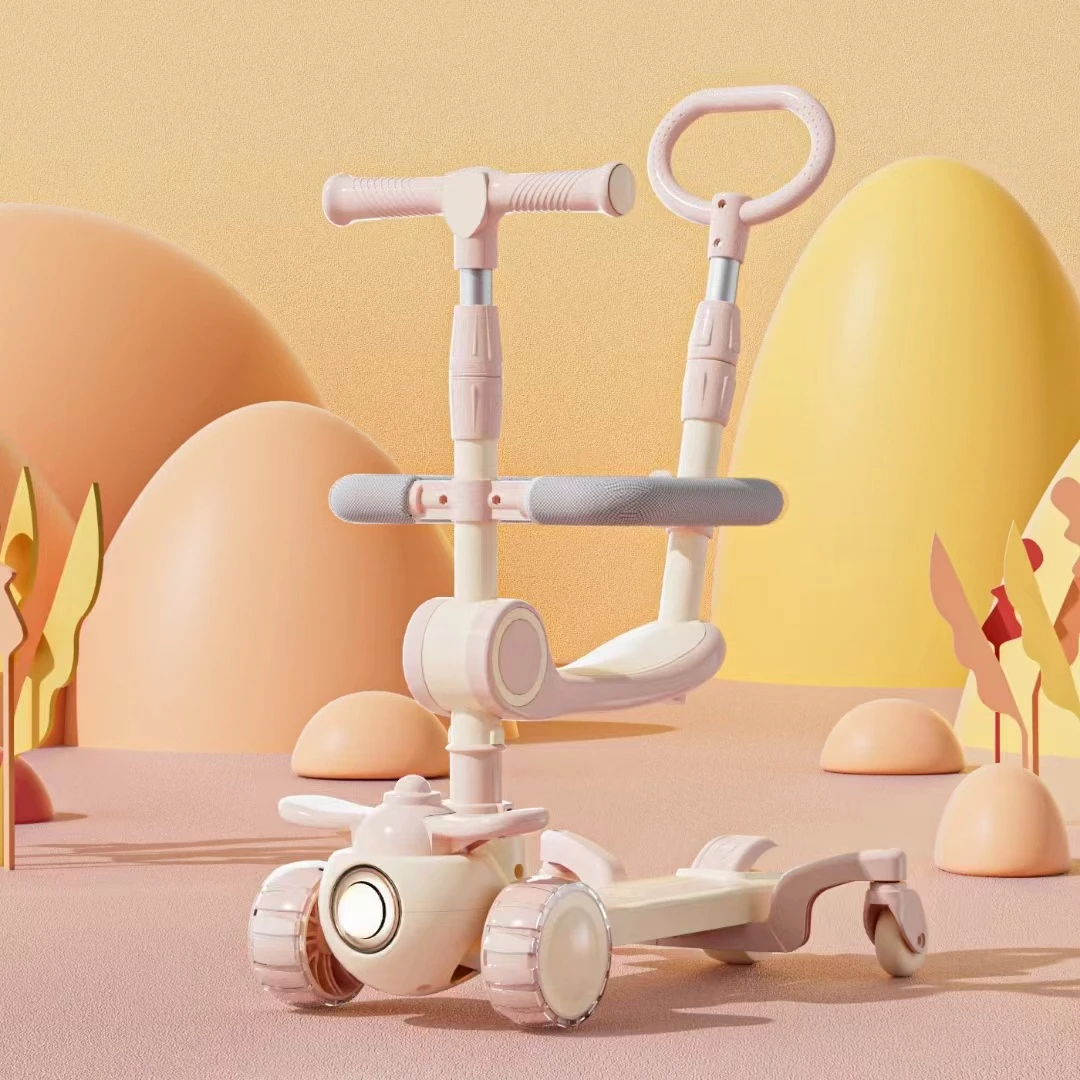Best Bicycles for Children to Encourage Outdoor Fun and Active Play
The Joy of Kids' Bikes A Gateway to Adventure and Learning
Children's bikes hold a special place in the lives of young adventurers, acting as a bridge between the innocence of childhood and the thrill of exploration. A kids' bike is not just a simple means of transportation; it symbolizes freedom, adventure, and the joy of learning. Riding a bike is often one of the first significant milestones in a child's life. It grants them a sense of independence while simultaneously nurturing essential life skills.
The Importance of Riding a Bike
For many children, the experience of learning to ride a bike is monumental. It represents the first taste of autonomy away from the watchful eyes of parents. The first wobbly attempts, followed by the exhilarating moments of success, create cherished memories that last a lifetime. This not only boosts their confidence but also instills a sense of perseverance. Falling off and getting back on is a valuable lesson in resilience that can be applied to various aspects of life.
Riding bikes also promotes physical health. As children pedal along, they engage in cardiovascular exercise that strengthens their legs and enhances their overall fitness. Moreover, it serves as a fun way to combat childhood obesity and encourages them to spend more time outdoors, breathing in fresh air and soaking up sunshine instead of remaining indoors glued to screens.
Social Skills and Bonding
Kids' bikes are not merely solitary vessels; they can foster social interactions that are critical for emotional development. When children bike together, they learn the importance of teamwork, cooperation, and sharing. Organizing bike rides can both strengthen family bonds and create lasting friendships among peers. Community events, such as family bike days or cycling clubs for kids, promote a sense of belonging and provide opportunities for children to engage with others who share similar interests.
The Right Bike for Every Child
kids' bike

Choosing the right bike is crucial for safety and enjoyment. Parents should consider factors such as the child's age, height, and skill level before making a purchase. A bike that is too big or too small can lead to frustration, making the learning process less enjoyable. Balance bikes are a great way to introduce younger children to biking, as they help develop balancing skills without the added complexity of pedals. For older children, a lightweight bike with easy-to-use gears can make riding more enjoyable.
Safety First
While the freedom of riding a bike is exhilarating, safety should always be a priority. Parents should equip their children with helmets and knee pads to minimize the risk of injury. Teaching children the rules of the road, such as using hand signals and understanding traffic signs, is also essential. Encouraging them to ride in safe environments, like parks or designated bike trails, further enhances their safety and confidence while on two wheels.
The Future of Biking
As climate change and urban congestion become increasingly pressing issues, cycling is being hailed as a sustainable alternative to motorized transport. Encouraging children to embrace biking from a young age can cultivate a generation that values eco-friendly practices. As they grow older, many children who learned to love bikes may advocate for better biking infrastructure, leading to healthier communities.
Conclusion
In essence, kids' bikes are more than just toys; they are instruments of learning, adventure, and social development. They encourage physical activity and independence while providing opportunities for bonding and growth. Each ride offers lessons in resilience and joy, reinforcing the idea that, while the journey may be filled with ups and downs, the thrill of the ride is always worth it. Investing in a quality bike and fostering a culture of cycling can enrich a child's life in immeasurable ways, leaving a legacy of adventure that lasts long into adulthood. So, let’s strap on those helmets, hop on our bikes, and enjoy the ride!
-
The Perfect Baby TricycleNewsAug.11,2025
-
Ride into Fun with Bikes for KidsNewsAug.11,2025
-
Ride into Adventure with the Perfect Kids Balance BikeNewsAug.11,2025
-
Fun and Safe Riding with the Best Childrens ScootersNewsAug.11,2025
-
Find the Perfect Childrens Bike for Your Little OneNewsAug.11,2025
-
Explore the Best Baby Tricycles for Your Little OneNewsAug.11,2025
-
Three-Wheel Light-Up Scooter Benefits for KidsNewsJul.11,2025








